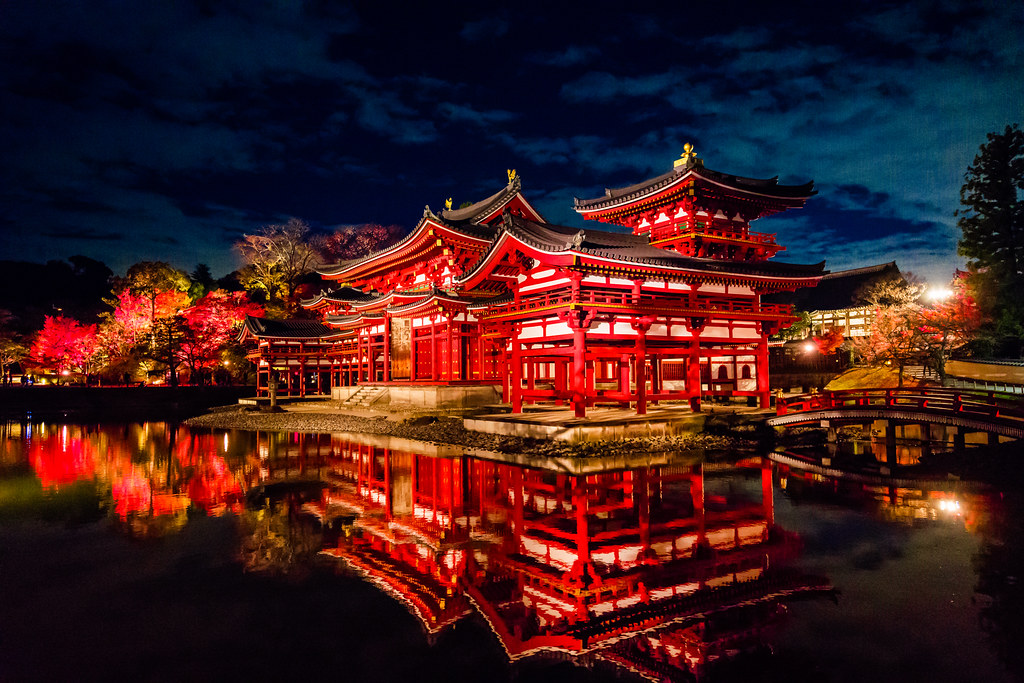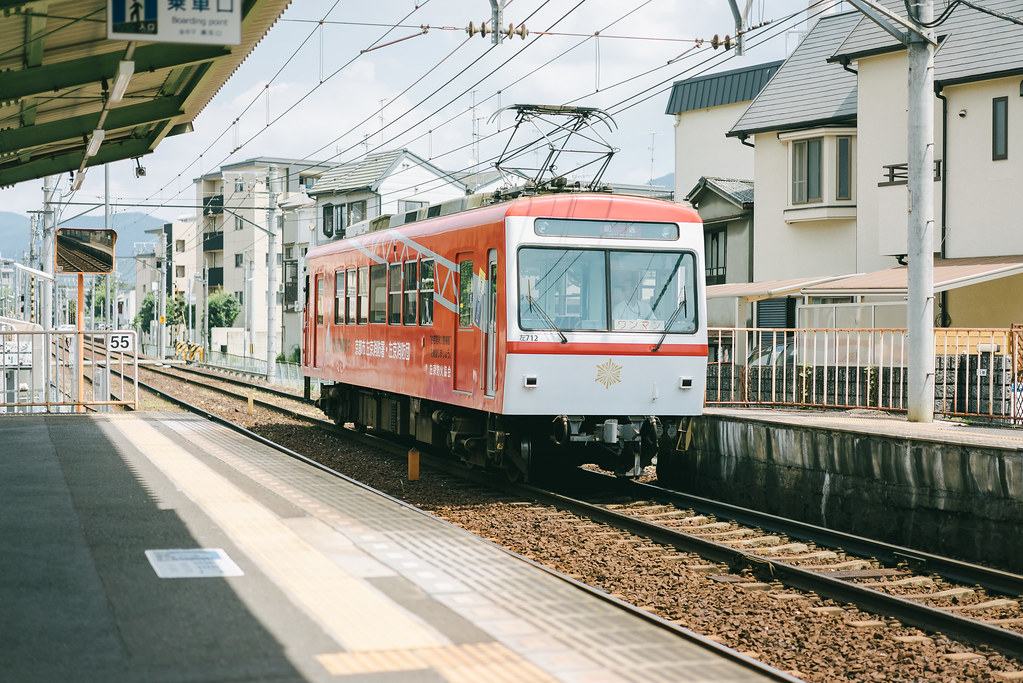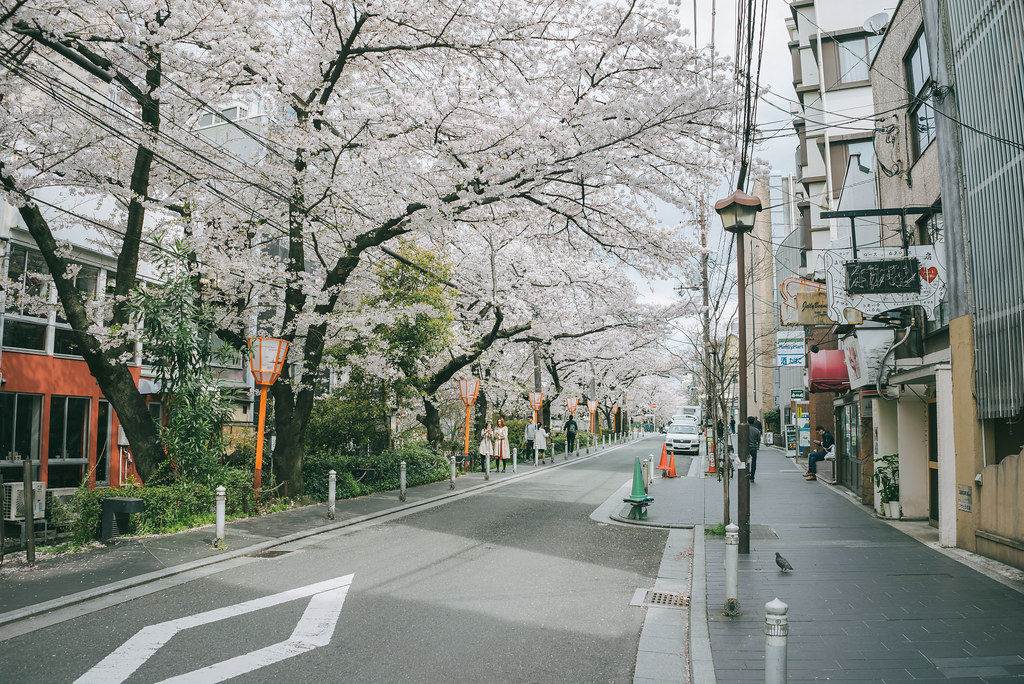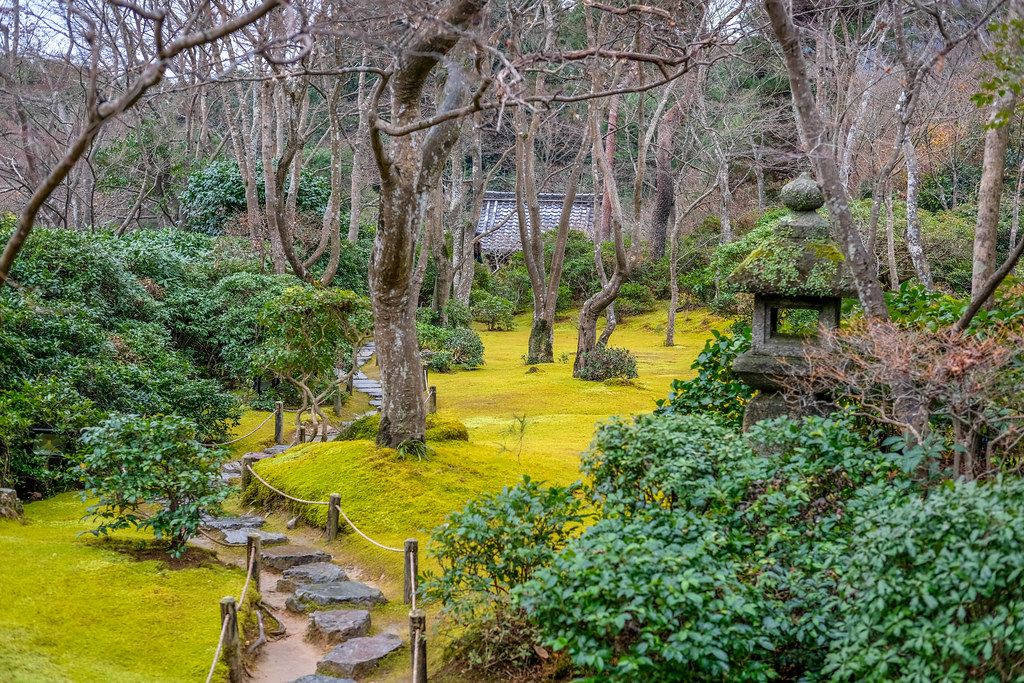#Kyōto-fu
Photo
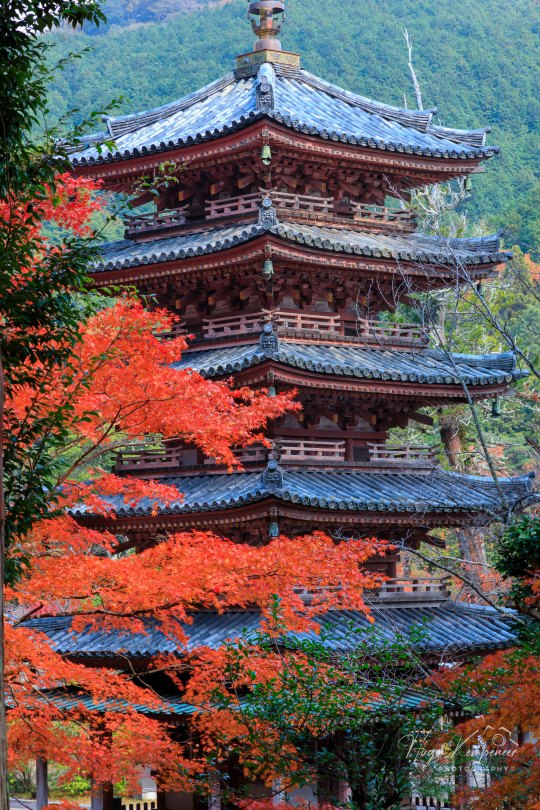
n autumn, Kaijusen-ji is breathtaking, with vibrant foliage colouring the temple grounds. The warm hues of red and gold create a serene atmosphere, making it a perfect time to explore and appreciate the beauty of nature and culture.
#Buddhism#Japan#Kaijūsen-ji#Kizugawa-shi#Kyōto-fu#Kōyō#autumn#autumn photography#momiji#travel#もみじ#木津川市#海住山寺#紅葉
361 notes
·
View notes
Video
京都 Kyoto by Worapol Thipmaneemongkol
Via Flickr:
Follow : www.instagram.com/2cphoto/
1 note
·
View note
Text

After 神戸 Kōbe yesterday, let's do another city name! 別府 Beppu is a city in Oita, Kyūshū that's famous for its insane number of hot springs. As a human name, it can also be read Behu.
別 is read わか.れる, わ.ける, or ベツ. It means diverge, branch off, separate, another/other, or extra. The radicals area all pretty relevant to the meaning of separate. The top left is 口 mouth, the bottom left is knife/sword 刀, and what looks like katakana リ ri on the right is 刈, meaning to cut. Because you can use your mouth or sword to cut things into separate pieces?
府 is new to this blog! It's read フ, and you might know it from 幕府 Bakufu. It means urban prefecture, government office, or storehouse. It's a pretty important character in geography.
Japan has 47 prefectures or 都道府県 (todōfuken). This word is made up of the different suffixes that refer to them. The suffix 県 (ケン), meaning prefecture, is used for 43. Of the rest, 府 is used for 京都府 Kyōto-fu and大阪府 Ōsaka-fu. The 都 (ト) capital refers, of course, to Tokyo, or 東京都 Tōkyō-to. Finally, 北海道 Hokkaidō is so special that it uses no suffix at all, and its 道 gets added to the word.
54 notes
·
View notes
Text
Japan urbanisation
youtube
Urbanisation is often a very recent phenomenon. Before the 16th century, only the capital cities of Nara, Kyōto, and Kamakura existed as significant towns. Most of ancient Japan's province capitals, or koku-fu, were administrative centres with official homes rather than established towns. After the late 16th century, powerful temples and feudal lords began to construct cities by assembling merchants and craftsmen near their headquarters. Feudal lords established jōka-machi (castle towns) to dominate transit routes and surrounding territories, leading to the development of major Japanese cities such as Tokyo.

The port towns, like as Hakata and Sakai, were next in prominence and had more ups and downs than the castle towns. Furthermore, several religious towns, like as Ise and Izumo, rose to significant sizes throughout time. During the Tokugawa shogunate (1603-1867), tranquil conditions led to unprecedented countrywide pilgrimages, resulting in the growth of temple and shrine cities like Kyōto and Nara. Dusk in central Yokohama, Japan.
The late 19th century saw the establishment of international ports at Kōbe, Yokohama, Niigata, Hakodate, and Nagasaki, as well as naval bases in Yokosuka, Kure, and Sasebo, leading to widespread urbanisation. With industrialization came fast expansion in Japanese cities, and certain industrial towns (such as Yawata, Niihama, Kawasaki, and Amagasaki) were established in response to economic boom. The majority of old castle towns, particularly those on the country's Pacific coast, have grown directly or indirectly as a result of industrialization. Raw minerals and electricity resources in Hokkaido and southern Kyushu have attracted a small number of industrial units, which are solely responsible for the survival of cities like Tomakomai, Muroran, Nobeoka, and Minamata. The late 19th century saw the establishment of international ports at Kōbe, Yokohama, Niigata, Hakodate, and Nagasaki, as well as naval bases in Yokosuka, Kure, and Sasebo, leading to widespread urbanisation. With industrialization came fast expansion in Japanese cities, and certain industrial towns (such as Yawata, Niihama, Kawasaki, and Amagasaki) were established in response to economic boom. The majority of old castle towns, particularly those on the country's Pacific coast, have grown directly or indirectly as a result of industrialization. Raw minerals and electricity resources in Hokkaido and southern Kyushu have attracted a small number of industrial units, which are solely responsible for the survival of cities like Tomakomai, Muroran, Nobeoka, and Minamata.

Japanese cities are a confused combination of old and new, East and West. Mixed land use, including agricultural activity, coexists with the most modernised business centres and industrial establishments, and the fragmented, patchwork pattern of land ownership poses a formidable challenge in ever-expanding cities of skyscrapers, subways, and underground plazas. Other severe issues include a lack of adequate housing, increased usage of automobiles, congested public transit systems, a lack of open space for leisure, environmental degradation, and the continual threat of earthquakes and floods.
Havard referencing:
The Editors of Encyclopaedia Britannic. (1998). Japan urbanisation. [Online]. britannica. Last Updated: 27 October 2023. Available at: https://www.britannica.com/place/Japan/Religion [Accessed 23 February 2024].
0 notes
Photo
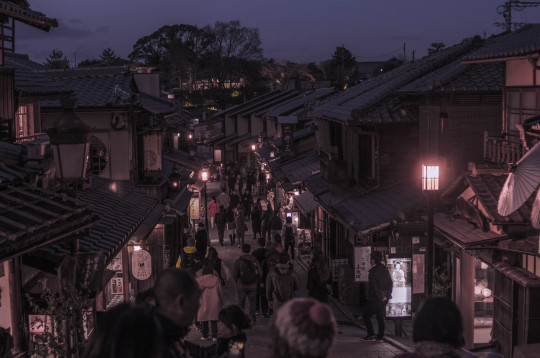
© Paolo Dala
The Centre Of Japanese Culture
Kyoto, city, seat of ‘Kyōto fu’ (urban prefecture), west-central Honshu island, Japan. It is located some 30 miles (50 km) northeast of the industrial city of Ōsaka and about the same distance from Nara, another ancient centre of Japanese culture... During the millennium that Kyoto served as the nation’s capital and residence of the imperial family, it became the preserver of the Japanese “spirit.”
Britannica
0 notes
Video
Hokanji Pagoda by Neil Nimkar
Via Flickr:
Kyoto, Japan
1 note
·
View note
Video
東本願寺 by かがみ~
43 notes
·
View notes
Video
L1000890 by Four_cats
#LEICA#Leica super elmar 18mm f:3.8#18mm#Leica Vario-Elmarit-SL 24-90mm f/2.8-4 ASPH#SL#M10#Uji-shi#Kyōto-fu#日本#JP#京都#宇治#平等院#鳳凰堂#夜楓#紅葉#倒影#風景#Type 601
0 notes
Video
京都 Kyoto by Worapol Thipmaneemongkol
192 notes
·
View notes
Video
京都 Kyoto by Worapol Thipmaneemongkol
Via Flickr:
Kifune - Kurama
40 notes
·
View notes
Video
京都 Kyoto by Worapol Thipmaneemongkol
338 notes
·
View notes
Photo
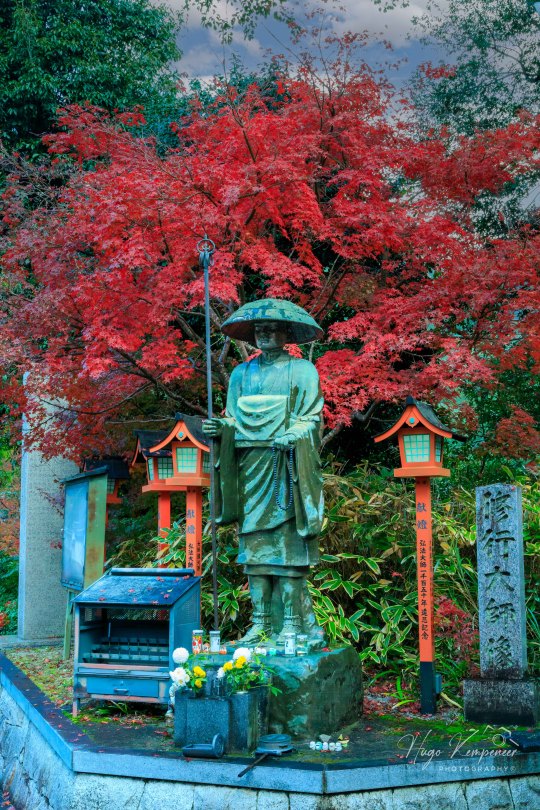
n autumn, Kaijusen-ji is breathtaking, with vibrant foliage colouring the temple grounds. The warm hues of red and gold create a serene atmosphere, making it a perfect time to explore and appreciate the beauty of nature and culture.
#Buddhism#Japan#Kaijūsen-ji#Kizugawa-shi#Kyōto-fu#Kōyō#autumn#autumn photography#momiji#travel#もみじ#木津川市#海住山寺#紅葉
23 notes
·
View notes
Video
京都 Kyoto by Worapol Thipmaneemongkol
Via Flickr:
Follow : www.instagram.com/2cphoto/
0 notes
Video
Fushimi Inari Taisha Kyoto, Japan por Patrick Foto ;)
15 notes
·
View notes
Video
<strong>Okochi Sanso moss garden <a href="https://www.flickr.com/photos/sergejf/">by Serge</a></strong>
9 notes
·
View notes
Video
Japan - Kyoto by Sergio Quatraro
32 notes
·
View notes

